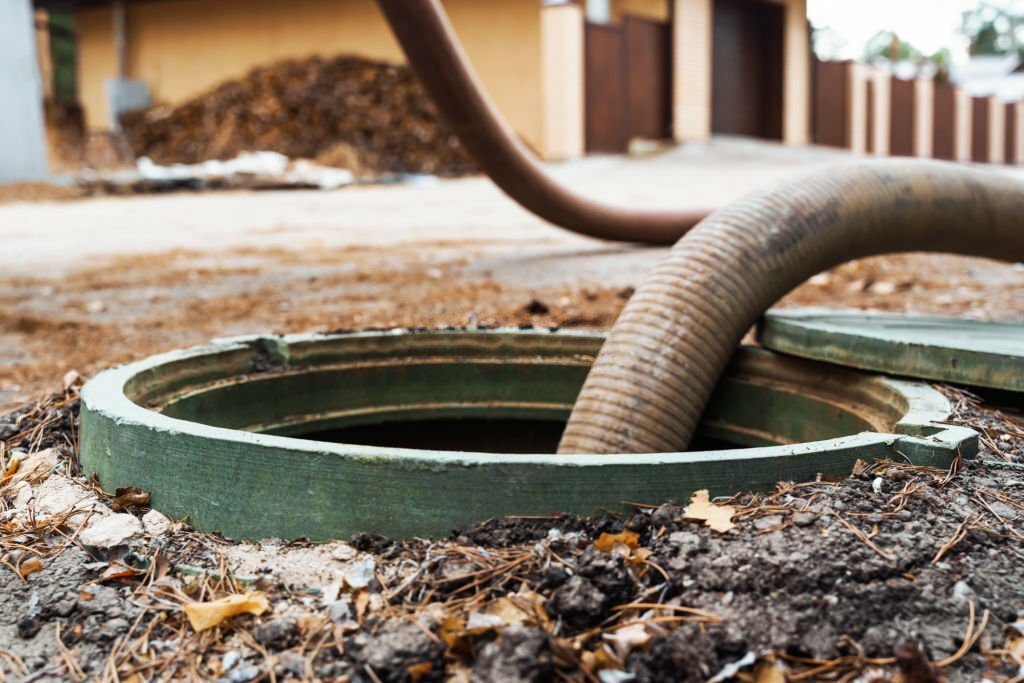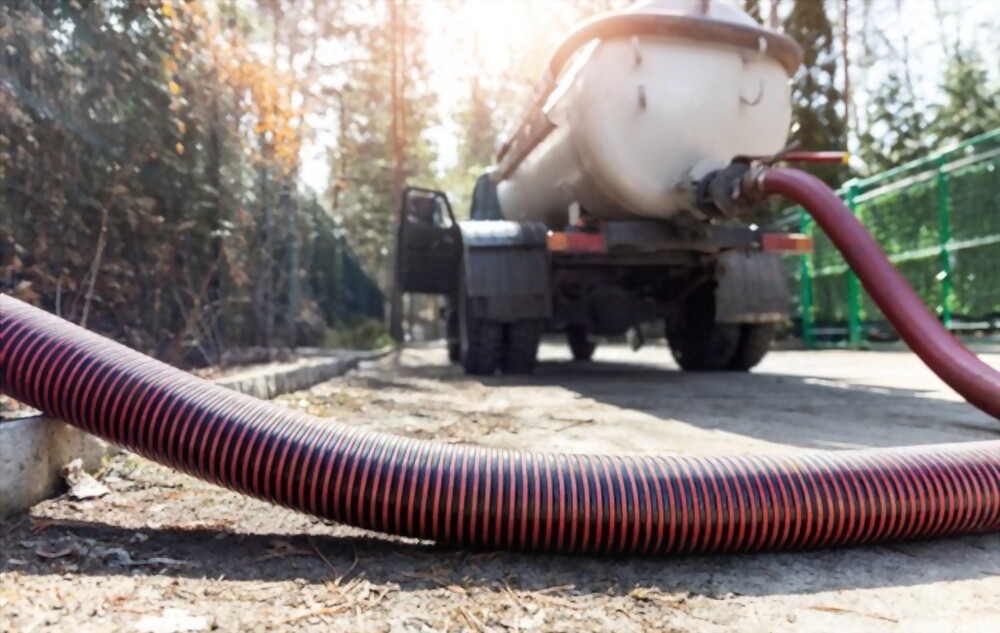Introduction:
Septic tank emptying is crucial to maintaining a functional and efficient wastewater disposal system. While it might not be the most glamorous topic, understanding the details of septic tank emptying is essential for homeowners. In this blog post, we’ll delve into the intricacies of the process, covering key aspects that contribute to a well-maintained septic system.

1. How Often You Empty:
Determining how often to empty your septic tank depends on various factors, including the tank’s size, household size, and water usage. Generally, most tanks require opening every 3 to 5 years. However, it’s crucial to conduct regular inspections and adjust the emptying frequency based on the accumulation of sludge and scum.
2. Expert vs. Do-it-yourself Emptying:
While some property owners or industry management may consider a do-it-yourself approach, professional septic tank emptying services are often preferred. Professionals have the necessary equipment, expertise, and adherence to environmental regulations. DIY attempts can be risky and may lead to damage to the tank or inadequate waste disposal.
3. Tank Examination:
Before emptying, a thorough inspection of the septic tank is essential. This includes checking for signs of leaks, cracks, or structural damage. Identifying and addressing these issues early can prevent more significant problems.
4. Pumping Process:
The actual pumping process involves using a vacuum truck to remove the accumulated sludge and scum from the septic tank. Professionals ensure that the entire contents of the tank are efficiently pumped out, leaving it clean and ready for use.
5. Waste Disposal:
Responsibly disposing of the waste is a critical part of the process. Licensed waste disposal services follow strict environmental regulations to ensure that the collected waste is treated and disposed of in an eco-friendly manner, preventing harm to the surrounding environment.
6. Documentation and Record-Keeping:
Maintaining a record of septic tank maintenance is crucial for future reference. Keep track of inspection dates, pumping schedules, and any repairs or modifications made to the system. This documentation can be valuable for potential homebuyers or when seeking professional advice.
7. Environmental Considerations:
Septic tank waste contains harmful bacteria and pollutants. Professionals prioritize environmentally friendly disposal methods, preventing contamination of local water sources. Choosing a licensed service ensures that your septic tank is emptied in compliance with environmental standards.
In summary:
Understanding the details of septic tank emptying is critical to ensuring the longevity and efficiency of your wastewater disposal system. Whether you opt for professional services or consider a more hands-on approach, prioritizing regular inspections and responsible waste disposal contributes to a healthy septic system and a clean environment. Stay informed, stay proactive, and enjoy the benefits of a well-maintained septic tank.
